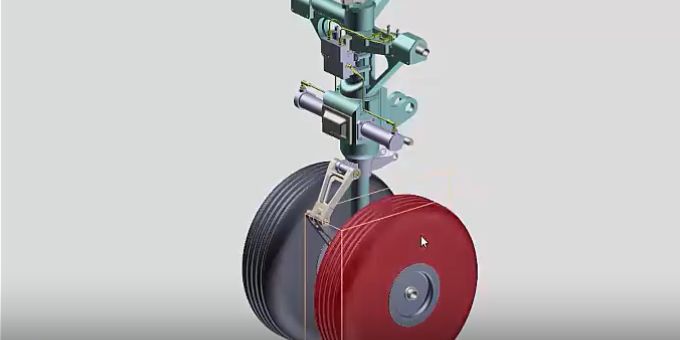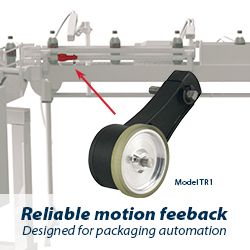Organisations are having to find new mechanisms that enable their teams to quickly create interactive documentation containing representations of their native 3D CAD data, that can easily be shared with non-CAD users, their customers and wider supply chains.
 Using 3D PDF to Easily Share Your 3D CAD Data
Using 3D PDF to Easily Share Your 3D CAD Data

Article from | Theorem Solutions
In today’s world of manufacturing, companies are leveraging every opportunity to speed up their product development processes and get to market faster. For that to become a reality, it is essential that their teams can collaborate, meaning CAD and PLM design data must be accessible and in a format that can be shared. The problem is, not everyone has access to a CAD seat, or even the necessary skills, making data sharing a challenge.
Organisations are having to find new mechanisms that enable their teams to quickly create interactive documentation containing representations of their native 3D CAD data, that can easily be shared with non-CAD users across the business, their customers and wider supply chains. The method that I am talking about is 3D PDF.
3D PDF documents are lightweight (emailable) PDF files containing interactive 3D data that can be published directly from your CAD application. Users simply require access to Adobe Acrobat Reader to view and interact, which is used by most organisations daily.
So, how can you use your 3D data to enhance your engineering documents? I am going to outline a few examples below that will hopefully resonate… for Engineering, Manufacturing, Purchasing, Quality & Inspection, and Sales & Marketing departments.
Enhance your Engineering Change Documents
When modifications to parts and components are required, showing 3D data can be a great way to communicate the details of a change. Engineering departments can communicate much quicker by creating documents with the required information and proposed changes, alongside an interactive 3D model. All the information is contained within a single document and less time is spent trying to locate any changes, as the 3D data can be interactively viewed inside the PDF document without the need of a specialist CAD application or viewer.
Understand your Bill of Material’s (BOM’s)
When a design engineer uses a CAD system to design a product and passes the information down to manufacturing engineers, it can often become quite a challenge for them to make sense of the data. Therefore, it is important that they are provided with an easy-to-read breakdown of all the materials and parts required for production. By adding 3D models to their BOM’s, they will easily be able to locate the relevant parts and sub-assemblies within the model, therefore speeding up the process and enabling easier communication between the departments. The 3D visualization simplifies the handling of BOM’s, with both time and effort being saved in the process.
Improve your Request for Quotation’s (RFQ’s)
Using 3D data inside your RFQ’s ensures that both the purchasing department and those that are receiving the document can see exactly what it is that they intend to purchase, instead of having to locate the product code to check what part they are being quoted for. It enables a much smoother process and helps avoid any potential misunderstandings.
Strengthen your Final Inspection document
One of the main benefits of 3D PDF’s is that you can create a single, all-in-one technical data package consisting of various engineering content such as native CAD files, 2D drawings, STEP files and product specification data. When it comes to passing quality control and your company needs to create a report for QA, this makes 3D PDF the perfect mechanism. Due to their compressed file sizes, all your required information can be shared in a single PDF document over email without having to worry about any restrictions in relation to large file sizes.
Introducing 3D models to your Sales & Marketing department
Creating Sales and Marketing documents with 3D data allows your marketing team to incorporate designs into their materials to help market your product and gain a competitive advantage. By using 3D models in marketing material, your products are likely to appear much more eye catching to customers than simple viewing text and 2D images.
Summary
The best way for you to fully understand 3D PDF is to look at a sample document and try the interactive functionality for yourself. You will be surprised at what you can do using a standard PDF document, and the crazy thing is you have always had the ability, but just never known that it exists. 3D PDF may feel like a well-kept secret, but you now can exploit and simplify how you collaborate and share you CAD designs with colleagues, without the need for physical pieces of paper.
Here is a link to a sample document, or, if you prefer we can email you a copy to show just how lightweight the format is? If you would like to learn a little bit more and take a deeper look, please watch our recent webinar, showing just how easy it is to Share CAD data using the 3D PDF format.
The content & opinions in this article are the author’s and do not necessarily represent the views of ManufacturingTomorrow
Comments (0)
This post does not have any comments. Be the first to leave a comment below.
Featured Product

